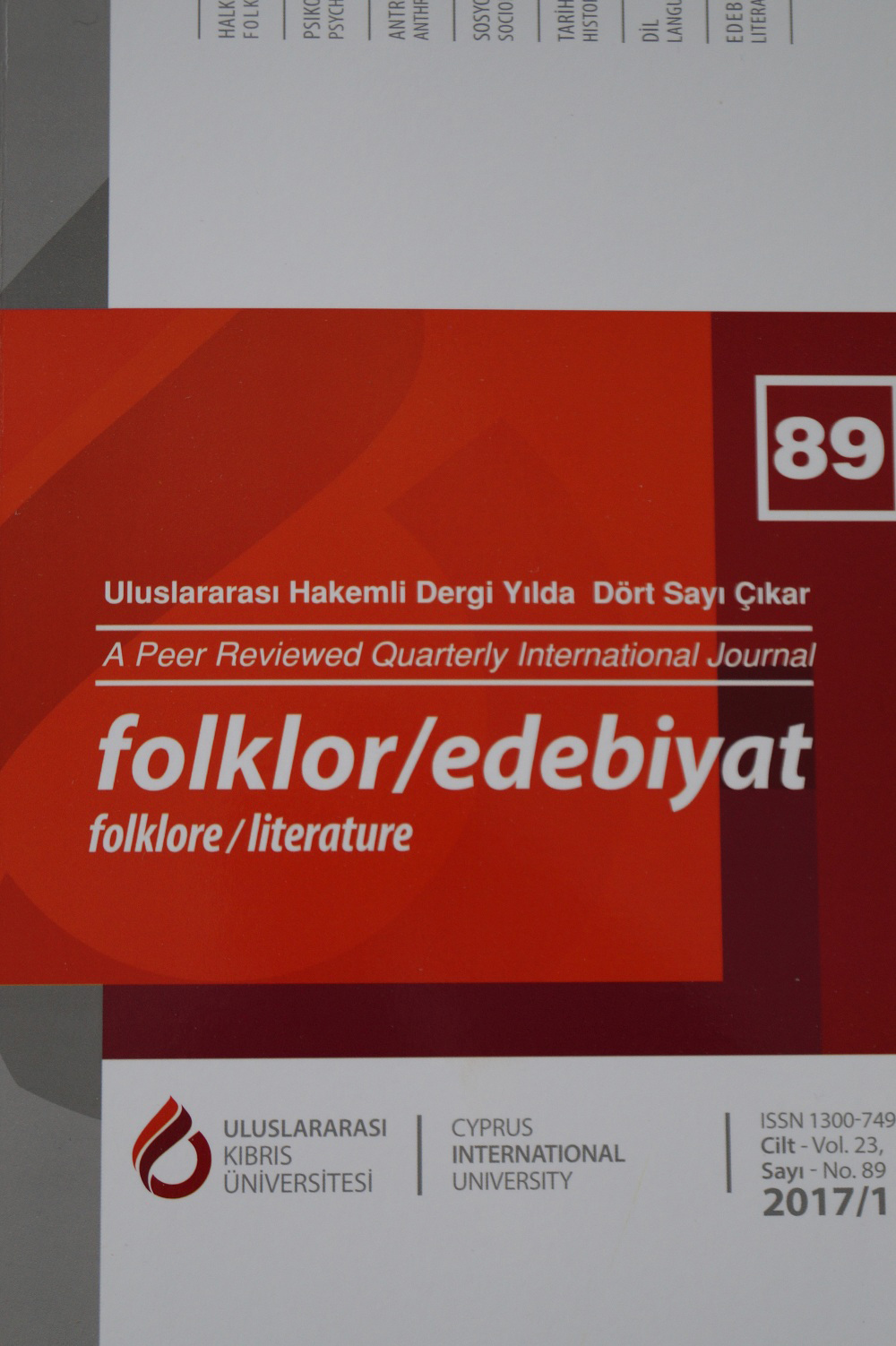Türk Dünyasında Çalgısal Musiki Ve Küğler
Instrumental Musıc (Küğ) Of The Turkıc World
Author(s): Feza TansuğSubject(s): Cultural history, Customs / Folklore, Music, Cultural Anthropology / Ethnology
Published by: Uluslararası Kıbrıs Üniversitesi
Keywords: Instrumental music; Küğler; Turkic world;
Summary/Abstract: Turkic folk and traditional musics consist of a huge variety of regional genres spread over a vast geographical area. Turkic music cultures as defined in this paper comprise the instrumental musical traditions (küg) in Azerbaijan, Kazakhstan, Kyrgyzstan, Turkey, Turkmenistan, and Uzbekistan. In addition to the instrumental musics of the six principal republics, the musical instruments of some other Turkic peoples living in Afghanistan, China, Iran, Kosova, and Russia are also discussed. A polysemic term, ‘küg,’ is used by the Turkic speaking peoples throughout Asia with such meanings as ‘instrumental music,’ vocal music,’ ‘tune,’ ‘meter,’ ‘epic singing,’ ‘composing music,’ etc. In musicological literature of the Turkic world works on the küg genre abound. Both Kazakh and Kyrgyz traditional music use the term küg to refer to instrumental pieces commonly performed by a soloist and often contained improvised sections. Traditional musical instruments discussed in the article are aerophones (balaban, boru, çifte, çifte düdük, çögür, dilli tüydük, kaval, kuray, kosma, kosnay, mey, ney, sibizgi, sur, tulum, tüydük, zurna); chordophones (baglama, dombira, dutar, iklig, igil, iih, ikili, kanun, kemençe, kiyak, kobiz, komuz, saz); idiophones (agiz komuzu, agiz tamburasi, çeng, çeng kobuz, çevgan, demir komuz, kobiz, komus); memranophones (daf, daira, davul, kös, nakkare, tablak); and electrophones (synthesizer, amplified and electronic instruments).
Journal: Folklor/Edebiyat
- Issue Year: 23/2017
- Issue No: 89
- Page Range: 59-66
- Page Count: 8
- Language: Turkish

